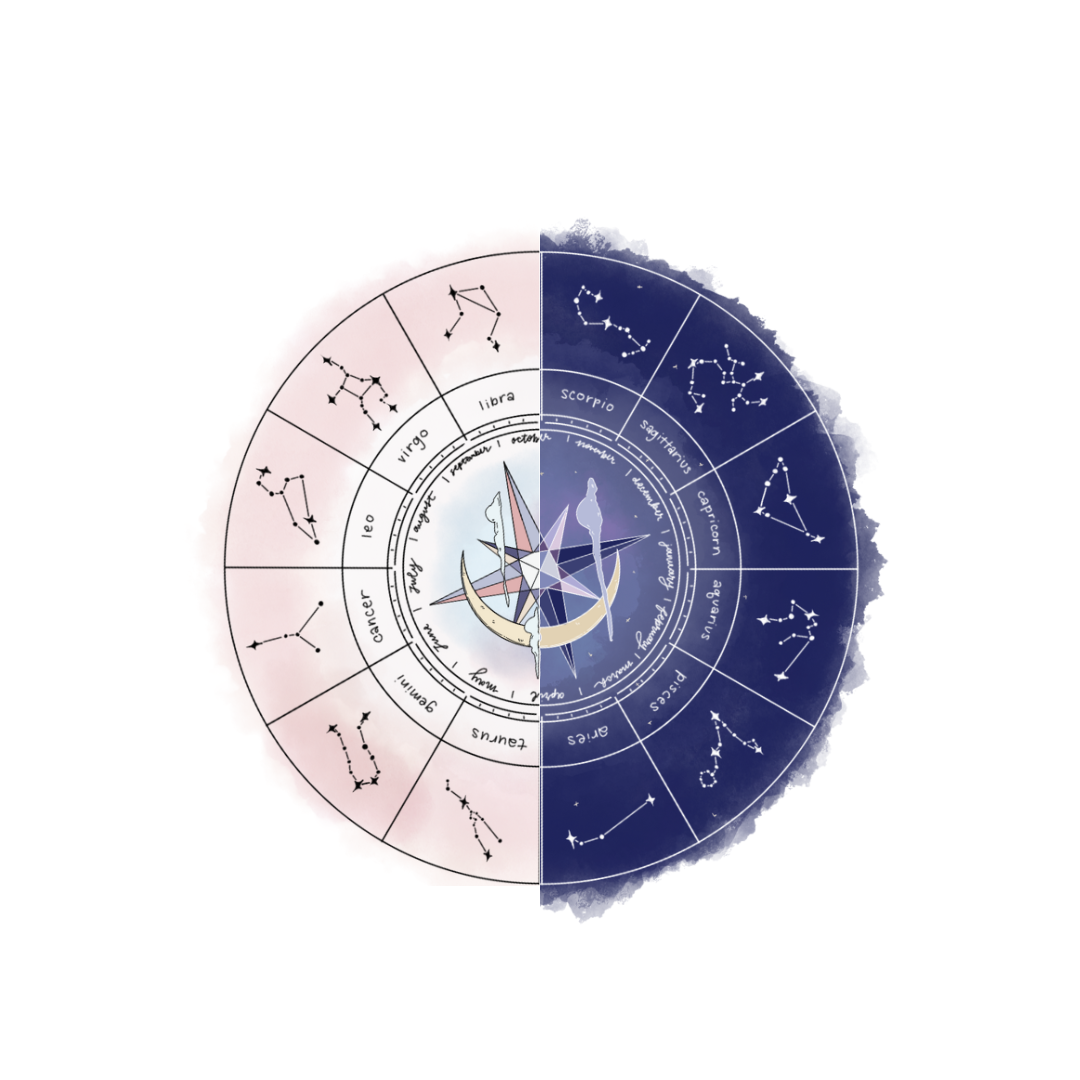By: Monica Cai
Graphics by: Nathan Toung
It all begins with a spark. “You get butterflies in your stomach,” sophomore David Chang said. “You think about her and you can’t wait to see her again. You feel light-hearted and giddy and every moment you share with her feels like you’re invincible and on top of the world.” The feelings of love are universal, but few know about the chemistry that lies behind them.
When a person first falls in love, there is an explosion of dopamine, nonepinephrine and phenylethylamine (PEA) in the body. Dopamine is a neurohormone that acts on the sympathetic nervous system, causing the heart to beat fast. Nonepinephrine is a chemical that triggers the release of adrenaline, boosting the supply of oxygen throughout the body. Finally, PEA is a trace amphetamine that leads to that happy, lovestruck feeling. It is also found in chocolate, explaining why it can help boost spirits on a down day. “The feeling is similar to a runner’s high,” science teacher Katie Settle said.
It’s a mystery why two people fall in love, but researchers have found why certain people don’t fall in love. The major histocompatibility complex (MHC) is an extremely gene-dense region on chromosome six that is responsible for immune responses. Swiss zoologist Claus Wedekind conducted an experiment in which a group of women were given different T-shirts men had slept in to smell. The women chose the shirts of men with dissimilar MHCs to their own. MHC genes produce MHC molecules that can recognize foreign invaders through a person’s scent. If two people’s MHC genes are too similar, they will unknowingly reject each other.
Pheromones, chemicals that produce a person’s unique scent, play another role in drawing two people together. Pheromones are released from the skin at pulse points, where the body produces more heat. These hot spots are located on the neck, the wrist, the outer ear and the elbow fold. The influence of pheromones can also be seen in insects like ants and bees. Males are attracted to the hormones females emit. “They follow the scent and almost become semi-addicted to it,” biology teacher Katherine Moser said. “That’s why they stay together.”
Humans share a similar addiction to each other in the beginning stage of a relationship. Functional Magnetic Resonance Imaging (fMRI) scans have revealed lower levels of serotonin, a neurotransmitter that affects a person’s mood. The lower levels are similar to those found in people with obsessive-compulsive disorders, which is why when a person is in love, he can’t think of anyone other than his special someone.
However, the initial infatuation soon fades. After anywhere from 18 months to four years, the body gets used to the increased amounts of stimulants. As a result, the brain begins releasing endorphins and chemicals like vasopressin and oxytocin instead. They work together to form a more intimate, steady and dependable relationship.
Although these chemicals do not have the same effect as PEA and dopamine, they are equally as addicting. The longer people are together, the more likely they’ll continue to stay together. Time flies by, and suddenly they become an 80-year-old couple, walking down the street holding hands.











